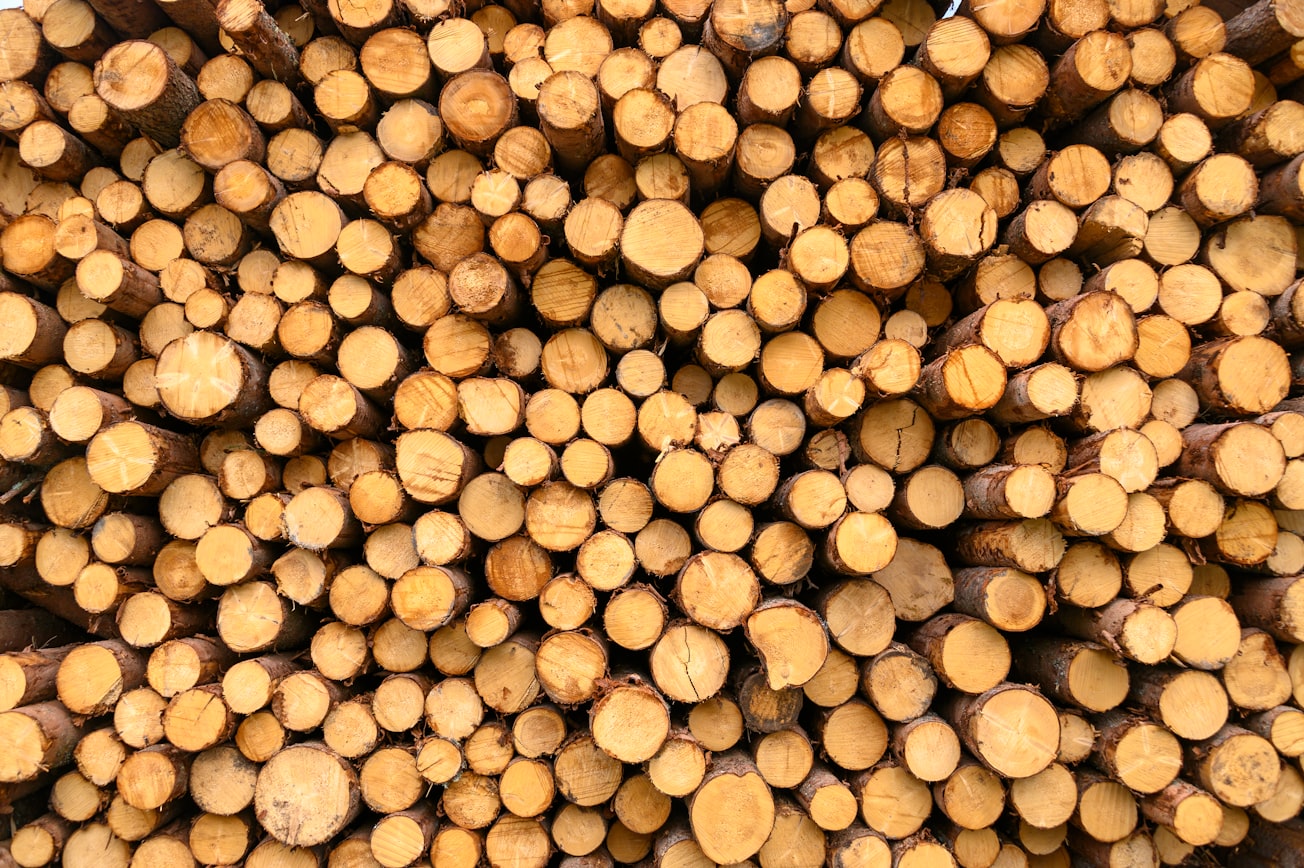What is it about?
This study reports the solubility of KL dispersed in ethylene oxide (EO) diols, propylene oxide (PO) diols, commercial polyols containing EO or PO and a standard crosslinker (glycerol) at room temperature, and rationally evaluates compatible polyol/lignin systems based on microscopic, gravimetric, and rheological analyses for potential application in polyurethanes. The degree of dispersion of KL in polyols was observed to vary from low to high with polydispersity in particle size depending on the chemical structure (functionality, solubility parameter, polarity) and molecular weight of polyols. While low molecular weight diols have shown high solubility of KL, the EO-based polyols have shown relatively better compatibility with KL than the PO-based polyols and glycerol.
Featured Image

Photo by Etienne Girardet on Unsplash
Why is it important?
The incorporation of Kraft lignin (KL) in polyurethanes has received much academic and industrial attention due to its potential for sustainably improving broader property profiles. However, the consistency in physical properties improvement is still challenging. The missing link in this field is the compatibility of KL with polyols and the major unanswered question is ‘how does lignin choose to disperse in polyols?’.
Perspectives
By exploring the various degrees of dispersion of KL in polyols, this study suggests that the polyurethane materials could be engineered with KL through judicious selection of compatible polyol based on structure, solubility parameter, and molecular weight.
Dr Pratheep K Annamalai
University of Queensland
Read the Original
This page is a summary of: Rational analysis of dispersion and solubility of Kraft lignin in polyols for polyurethanes, Industrial Crops and Products, October 2022, Elsevier,
DOI: 10.1016/j.indcrop.2022.115129.
You can read the full text:
Contributors
The following have contributed to this page







